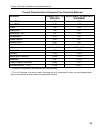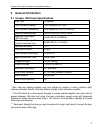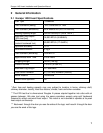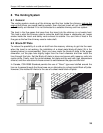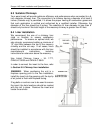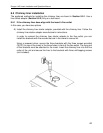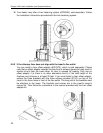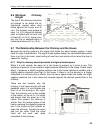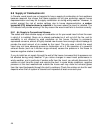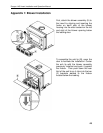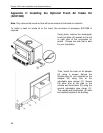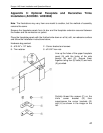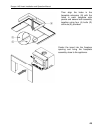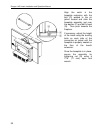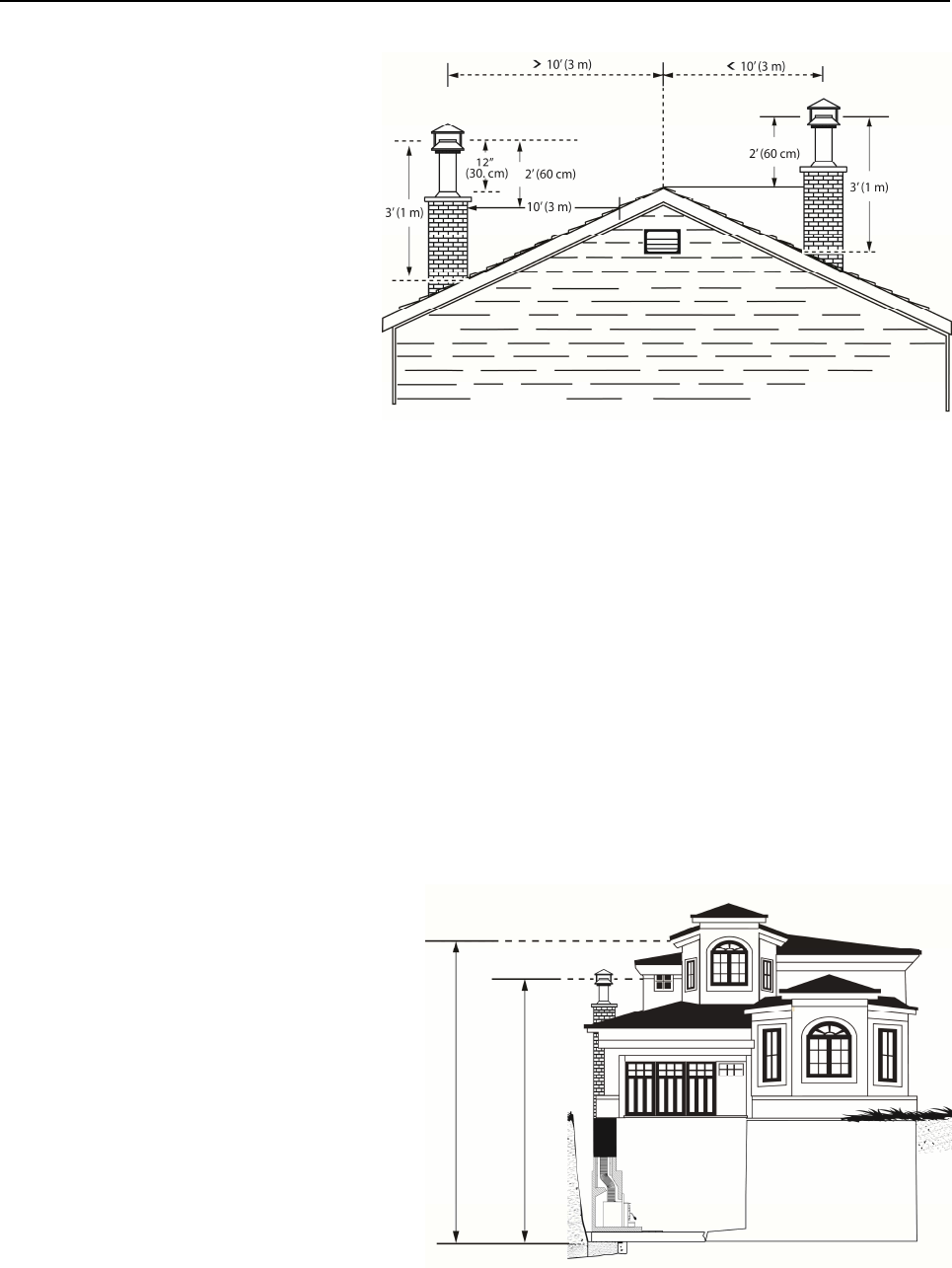
Escape 1400 Insert Installation and Operation Manual
43
8.6 Minimum Chimney
Height
The top of the chimney should be
tall enough to be above the air
turbulence caused when wind
blows against the house and its
roof. The chimney must extend at
least 1 m (3 ft.) above the highest
point of contact with the roof, and
at least 60 cm (2 ft.) higher than
any roof line or obstacle within a
horizontal distance of 3 m (10 ft.).
8.7 The Relationship Between the Chimney and the House
Because the venting system is the engine that drives the wood heating system, it must
have the right characteristics. The signs of bad system design are cold backdrafting when
there is no fire in the insert, slow kindling of new fires, and smoke roll-out when the door is
opened for loading.
8.7.1 Why the chimney should penetrate the highest heated space
When it is cold outside, the warm air in the house is buoyant so it tends to rise. This
tendency of warm air to rise creates a slight pressure difference in the house. Called ‘stack
effect’, it produces a slightly negative pressure low in the house (relative to outside) and a
slightly positive pressure zone high in the house. If there is no fire burning in a heater
connected to a chimney that is shorter than the warm space inside the house, the slight
negative pressure low in the house will compete against the desired upward flow in the
chimney.
There are two reasons why the
chimney in the house at right will cold
backdraft when it is cold outside and
there is no fire burning in the insert.
First, the chimney runs up the outside
of the house, so the air in it is colder
and denser than the warm air in the
house. And second, the chimney is
shorter than the heated space of the
house, meaning the negative pressure
low in the house will pull outside air
down the chimney, through the insert
and into the room. Even the finest
insert will not work well when
connected to this chimney.



